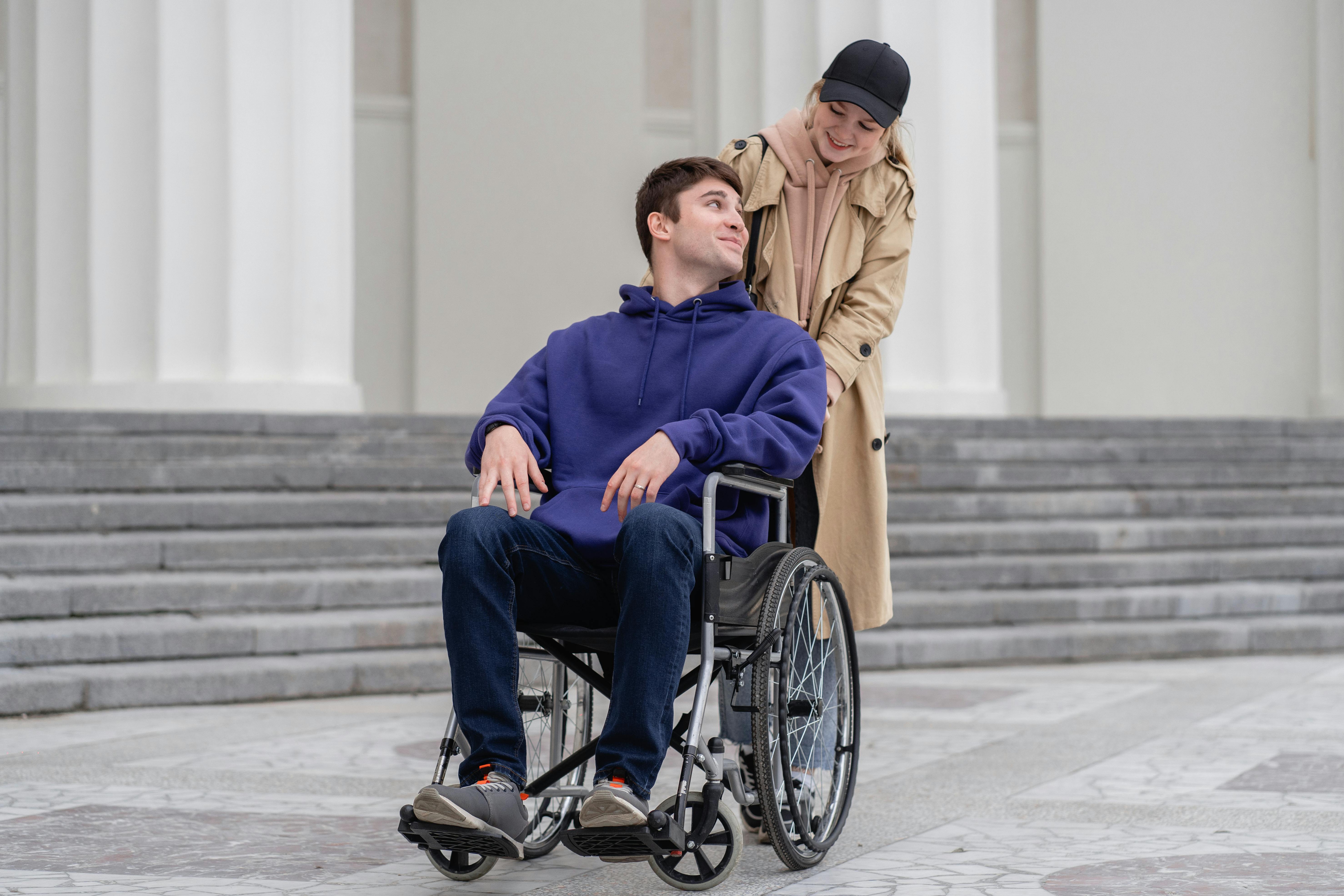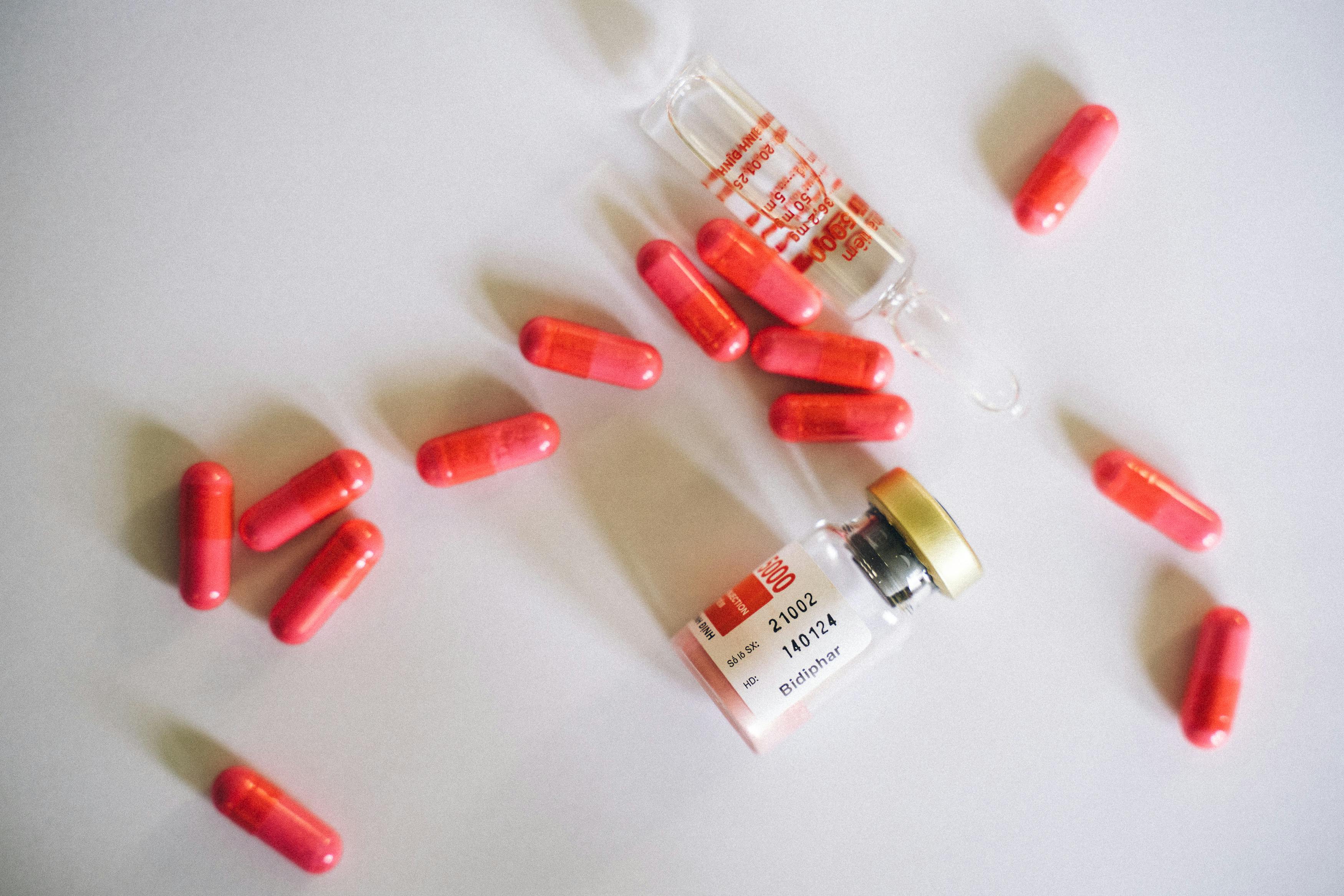Smart Ways to Prevent Chafing: Enhance Comfort in 2025

Effective Ways to Prevent Chafing: Essential Tips for Comfort in 2025
Chafing can be an uncomfortable and often painful experience, especially for those who lead active lifestyles. It typically occurs when skin rubs against skin or clothing, causing irritation and discomfort. As we move into 2025, understanding how to effectively prevent chafing is more important than ever, particularly for athletes and fitness enthusiasts. The good news is that with a few strategic adjustments, you can significantly reduce the risk of chafing occurrences.
This comprehensive guide will explore key strategies and products for preventing chafing, covering everything from the importance of choosing the right clothing to examining the effectiveness of various anti-chafing creams and powders. Additionally, we'll delve into the remedies available for treating chafed skin and offer practical tips to keep you comfortable during your workouts and daily activities.
By the end of this article, you’ll have a solid understanding of how to avoid chafing and maintain skin health while pursuing your fitness goals. Let’s dive in!

Essential Clothing Choices to Prevent Chafing
Building on the foundational tips for preventing chafing, clothing selection plays a pivotal role in avoiding skin irritation. Wearing the right fabrics can immensely reduce friction that leads to chafing, especially during active pursuits. In this section, we will explore various fabric types that are effective in chafing prevention.
Moisture-Wicking Fabrics for Comfort
Moisture-wicking fabrics are designed to pull sweat away from the skin, allowing it to evaporate and keeping the body cool and dry during workouts. By minimizing moisture, these materials help reduce friction, which is one of the primary culprits of chafing. Common moisture-wicking fabrics include polyester, nylon, and blends that incorporate spandex for a snug yet flexible fit.
Brands like Under Armour and Nike offer a variety of moisture-wicking athletic wear that not only provides comfort but also ensures that your skin remains dry and chafe-free. When selecting workout attire, look for labels that specifically advertise moisture control technology to ensure maximum effectiveness.
Choosing the Right Fit
Another essential aspect of preventing chafing is the fit of your clothing. Opting for properly fitted athletic gear that is neither too loose nor too tight can help minimize skin-on-skin contact, significantly reducing the chances of chafing. For instance, loose shorts might bunch up during exercise, while overly tight clothing can increase friction in sensitive areas.
Consider investing in athletic shorts that are specifically designed to reduce chafing, such as those with built-in liners. These styles provide extra protection and help keep everything in place during vigorous activities. Pairing these with moisture-wicking materials will ensure that you stay comfortable throughout your exercise routine.
Breathable Fabrics for Active Movements
Breathability is crucial when it comes to clothing choices for chafing prevention. Fabrics like cotton or mesh allow for ventilation, helping to regulate body temperature during exercise and preventing overheating, which can exacerbate chafing issues. However, cotton should be paired with care as it tends to retain moisture. A lightweight cotton blend can offer the comfort of cotton while also incorporating moisture management functions.
When choosing workout apparel, ensure that the fabric promotes airflow while also being soft against the skin. This combination can help in keeping chafing at bay, allowing you to focus on your performance rather than your discomfort.
Exploring Anti-Chafing Products
Once you’ve selected the right clothing, the next step is to consider anti-chafing products. These can significantly enhance your efforts in preventing chafing and ensuring that your skin remains protected during physical activities.
Best Anti-Chafing Creams and Balms
Anti-chafing creams and balms create a protective barrier on the skin, reducing friction and providing hydration. Products like Body Glide and Chamois Butt’r are particularly effective in protecting sensitive areas prone to chafing, such as inner thighs and underarms. When applying these products, make sure to cover all potential friction areas generously for the best results.
The active ingredients in most anti-chafing creams help to soothe the skin while preventing irritation caused by sweat and friction. Look for formulas enriched with natural ingredients, such as coconut oil, to maximize skin comfort.
Utilizing Powders for Friction Management
Chafing powders are excellent for keeping skin dry and reducing friction during workouts. Talcum powder or corn starch are popular choices that absorb moisture and provide a barrier between the skin and clothing. When applying powder, ensure it is evenly distributed to avoid clumping, which can lead to added friction.
For best practices, apply the powder prior to engaging in any physical activity, allowing it to set on the skin. This will enhance its effectiveness in managing moisture and keeping discomfort at bay.
Evaluating Anti-Chafe Stick Options
Anti-chafe sticks are convenient, easy to apply, and mess-free. Similar to creams and balms, these sticks glide smoothly across the skin and create a barrier against friction. Many athletes favor these for their portability and the no-fuss application. Popular brands include Sure Grip and Burt's Bees, which offer durable, effective solutions.
When purchasing an anti-chafe stick, consider checking the ingredients to ensure they are skin-friendly and hypoallergenic, especially if you have sensitive skin. Many users report finding relief from chafing discomfort with regular application of these products before workouts.

Effective Strategies for Chafing Prevention
Once you've covered your clothing options and anti-chafing products, you can further enhance your chafing prevention regimen with strategic practices that target the underlying causes of chafing.
Keeping Skin Dry Through Hydration
Keeping your skin hydrated is crucial in preventing chafing. Dehydrated skin is more susceptible to irritation from friction and can break down faster than well-hydrated skin. Regularly moisturizing with a skin-friendly lotion can create a protective barrier and provide relief for any existing irritation.
Drinking plenty of water throughout the day is fundamental as well; staying hydrated can help your skin retain moisture, minimizing dryness and promoting overall skin health.
Understanding Friction Points
Identifying areas prone to chafing is essential for effectively managing chafing risks. Commonly affected areas include the inner thighs, underarms, and areas where clothing seams rub against the skin. Once you pinpoint these friction points, you can be more proactive in applying anti-chafing products before engaging in any high-intensity activities.
Additionally, recognizing how different activities may affect these areas can help you strategize on mitigating future chafing. For instance, you can adjust your movements or choose alternative techniques that reduce friction.
Regular Monitoring and Adjusting Your Routine
Keep track of your experiences with chafing before, during, and after workouts to evaluate the effectiveness of your prevention strategies. Make notes on the products you are using, the clothing you wear, and any discomfort you experience. This can help you identify patterns and allow for timely adjustments in your regimen.
Regular monitoring can also prompt early intervention at the first signs of chafing, implementing remedies quickly to alleviate discomfort before it escalates.
Natural Remedies for Chafing Relief
In addition to commercial products, many turn to natural remedies for chafing treatment and prevention. These alternatives can provide soothing relief without harsh chemicals.
Using Aloe Vera for Healing
Aloe vera is well-known for its skin-soothing properties and can be an effective natural remedy for chafing relief. Applying fresh aloe vera gel to affected areas not only helps hydrate the skin but can also reduce inflammation and promote healing.
To use, simply apply a generous layer of aloe vera gel onto the chafed skin and allow it to absorb. Its cooling effect can offer instant comfort, making it a favorite among those experiencing chafing discomfort.
Coconut Oil for Protection
Coconut oil serves as an excellent alternative to commercial anti-chafing products. Known for its moisturizing and anti-inflammatory properties, it can help form a protective barrier on the skin against friction. Regular application can improve skin health and strengthen the skin barrier against potential irritants.
When applying coconut oil, ensure that it is an organic and cold-pressed variety for maximum benefits. A small amount is sufficient to effectively protect areas prone to chafing.
Other Soothing Remedies
For those preferring home remedies, other ingredients such as witch hazel and calendula can also provide soothing relief for chafed skin. Applying diluted witch hazel can reduce inflammation, while calendula ointments are renowned for their healing properties. These natural products can complement your chafing prevention toolkit effectively.
Chafing Q&A: Common Concerns and Solutions
In our quest to tackle chafing, several questions often arise concerning the condition and its management. Here are some frequently asked questions accompanied by practical solutions.
What are the primary causes of chafing?
Chafing typically results from skin friction against skin or clothing, exacerbated by moisture from sweat. Understanding the factors contributing to chafing can help you adopt the appropriate prevention strategies to address them effectively.
How can I treat chafing once it occurs?
For treating chafing, it is important to keep the affected area clean and dry. Over-the-counter ointments for healing and soothing can assist in recovery, and you may also consider natural remedies such as aloe vera or coconut oil for relief.
What types of clothing are best for preventing chafing?
Opt for clothing made from moisture-wicking and breathable fabrics. Ensure it has a proper fit—neither too tight nor too loose—to minimize skin-on-skin contact and reduce friction.
How often should I apply anti-chafing products?
It is advisable to apply anti-chafing products before engaging in physical activities, focusing on friction-prone areas. Depending on your activity level and perspiration, you may reapply during prolonged workouts for continued protection.
Are there specific exercises that cause more chafing?
High-intensity workouts, long-distance running, and activities that involve repetitive movements are more likely to lead to chafing. Understanding which activities cause discomfort allows you to prepare accordingly with preventive measures.
By implementing these tips and strategies, you can enhance your comfort during workouts and everyday activities, ensuring an enjoyable, chafe-free experience as we embrace 2025 and beyond.